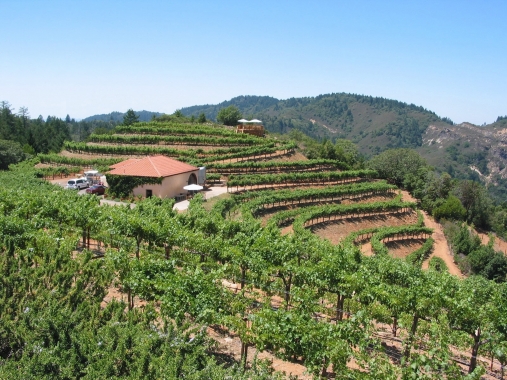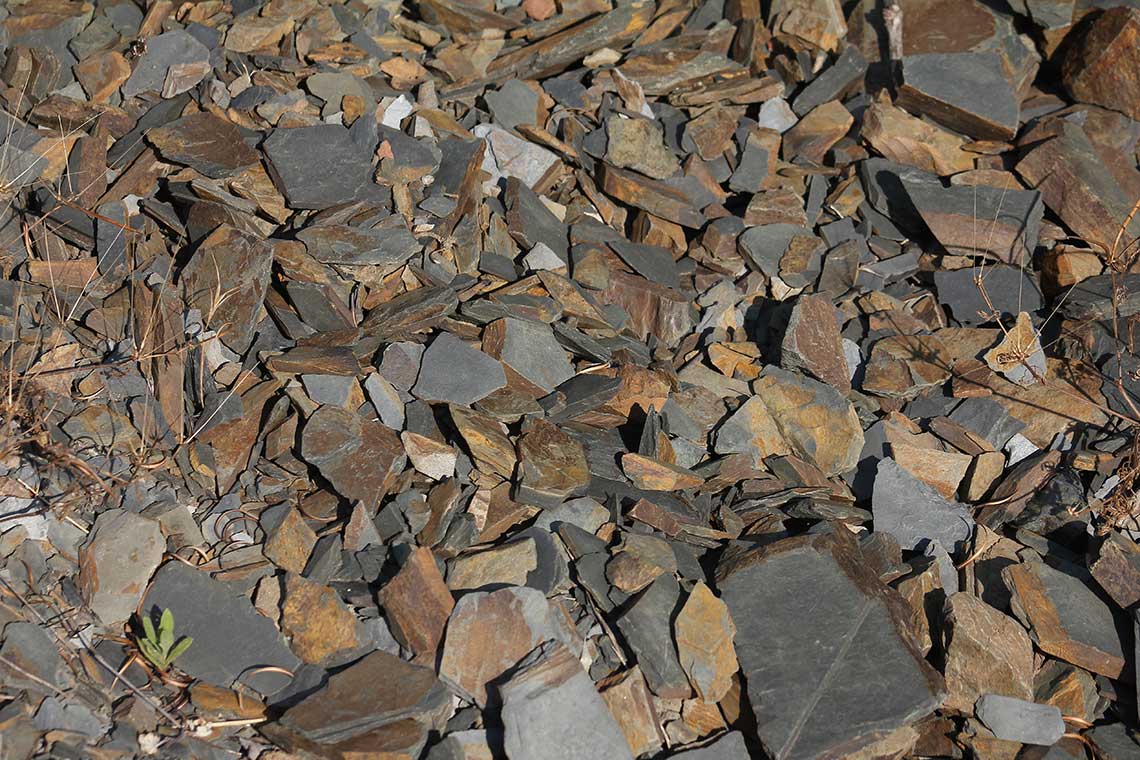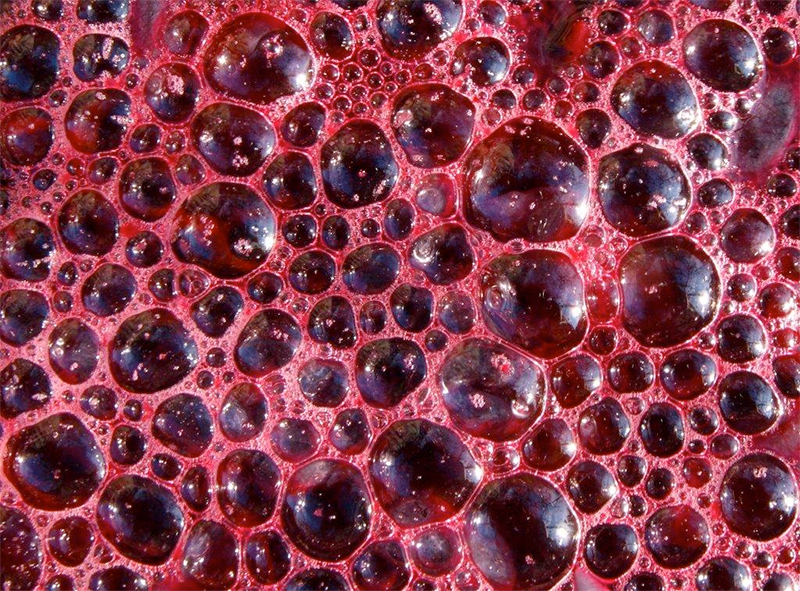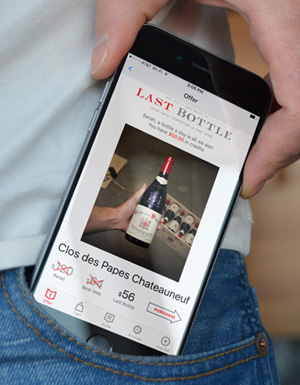It sounds like something that happens to zombies in The Walking Dead, or to your stomach after a massive Thanksgiving meal, but disgorgement is actually a key step involved in making Champagne. During our recent trip to Champagne, the topic seemed to come up again and again. Producers wanted to know if our customers asked about it, and whether we thought the disgorgement date was a valuable tidbit of information to include on the bottle.
What is disgorgement?
Disgorgement is one of the last steps involved in the Methode Champenoise and it involves removing dead yeast cells from the wine. During the secondary fermentation, yeast and sugar are added to bottled Champagne which then rests “on the lees”, producing those effervescent bubbles we love. Regulations require 15 months for non-vintage or 36 months for vintage dated Champagne.
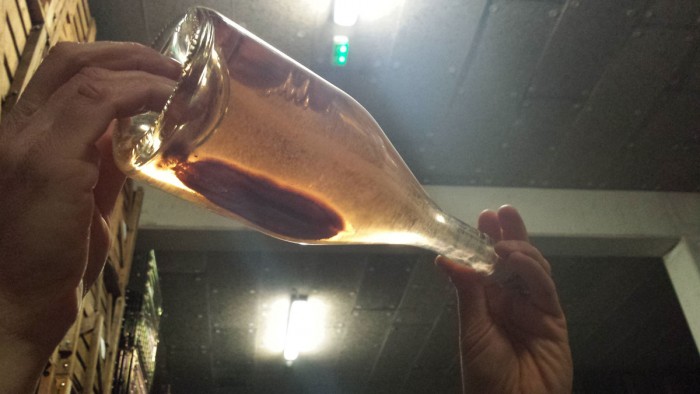
The lees resting in a bottle of Champagne yet to be disgorged.
When the Champagne is ready to ship, the bottles are riddled so the yeast cells fall into the neck. Then the neck of the bottles are placed in a freezing cold brine, uncorked, and the bottle pressure coughs out the clump of lees, leaving behind a crystal clear liquid. Finally, they add the dosage – a small amount of sugar, and cork the bottle.
Does it really matter?
Once disgorgement happens, a tiny amount of oxygen is introduced into the bottle, which impacts the wine’s flavor as it continues to age in bottle. Most vintage and non-vintage Champagne will undergo 3-5 disgorgements over the course of their release. Some producers do it much more often. Late-disgorged wine that spends extra time on lees will taste fresher, with more complexity than a bottle from the same vintage which was disgorged earlier and then stored for a period of time.
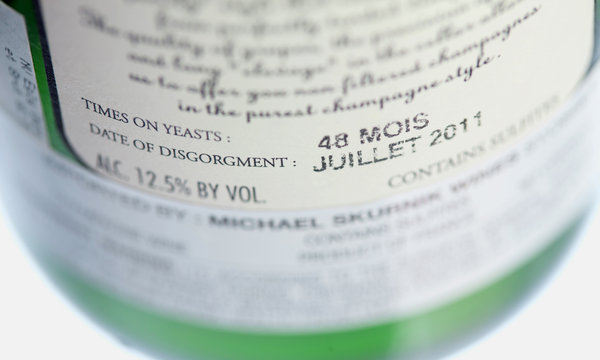
A clearly labeled bottle indicating the time on lees, and the date of disgorgment. Photo via Tony Cenicola/The New York Times
The controversy surrounds whether producers should include the disgorgement date on the label. Suppose you buy a 90-point Champagne in your local wine shop. You get home and discover your bottle was disgorged 12 months earlier than the one the critic scored. Chances are both bottles will taste very similar, but the critic’s late-disgorged bottle tastes slightly fresher with a crisp edge while yours might show a fuller, richer side thanks to the oxidation.
Prominent wine critic Antonio Galloni even said he wouldn’t review a Champagne that doesn’t include the disgorgement date, explaining, “If I rate producer X’s nonvintage Champagne highly, I want to know that my readers are going to be able to find the same wine,”
While critics and consumers seem in favor of disgorgement dates on labels, AR LeNoble’s winemaker and vineyard manager Antoine Malassagne told Decanter, “My fear is that the recent obsession with disgorgement dates is reducing the winemaking process in Champagne to insignificant numbers which are not understood by most of the people talking about them,”
Some producers take a more proactive stance. Bollinger pioneered the effort with their Récemment Dégorgé indication, and Krug, Moet & Chandon, and Veuve Cliquot all include the date on their vintage releases. Still, most Champagne houses don’t include the date. But in today’s age of increased transparency, it seems that brands should strive to educate consumer and provide more, not less information. Consumers who care about the disgorgement date recognize will surely appreciate the effort


